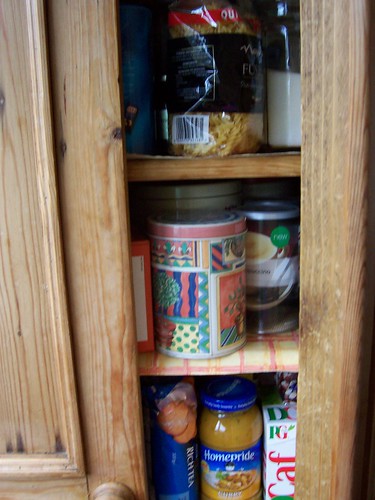Moving house is a task which is often termed to be ‘exhausting’, ‘cumbersome’, ‘a nightmare’ etc. But a lot of people forget that moving is also a job which can lead to some serious injuries.
It involves a number of tasks that have the potential to cause injuries or hurt someone. Hence make sure you take adequate safety precautions to make sure that no one gets hurt in the process of the move. You know your house better than anyone else. Hence, if something is broken and hasn’t been fixed then it is your responsibility to inform your removalist about it.
Make a note of the following tips for a ‘Safety Check’:
- Weigh Your Boxes: As a rule try to keep the weight of your boxes under 20 kgs. Just because your boxes have space does not mean that you go on stuffing them. This is because lifting heavy boxes has often resulted often resulted in to serious back injuries and other injuries. Also, if there are any stairs in the way try to keep the boxes light as a precautionary measure.
- Make Use Of Carpets: In weather conditions like rain, snow or even during winter the morning dew can make the floor slippery. Make sure that you use carpets and mats where required especially on the outside to avoid any accidents and it will also ensure that the inside of the house remains dry.
- Dressing Requirements: Make sure that you are appropriately dressed. If you observe closely, most of the removalists are dressed in proper fitting clothes and shoes. This is not just a dress code, its the requirement of the job they do. Avoid wearing flip flops, heels and baggy clothes as a safety precaution.
- Take Care Of Children And Pets: This is a cause of concern for many. If you have small children or pets in the house, you need to take certain precautions for their safety. Have your child spend the day with the babysitter, a friend or a relative. This will keep him/her out of the danger zone. Also, pets can be really tough to take care of while moving. Have a friend or someone else take care of your pet for the day.
- Clear The Area: You don’t want your removalist or yourself dodging your way through scattered things while moving boxes. Hence, make sure to check that the way to the door and to the rooms is clean and free from any obstacles.
- Lifting and Carrying: It is important to consider your safety if you are lifting or carrying items, whether moving them yourself or just rearranging them for loading or after unloading. Try to maintain a proper posture- bend at your knees, and straighten your back by tucking your chin. Ensure you have a strong grip by utilizing your palms and avoiding lifting a box by its flaps with your fingertips. This will aid in securing the bottom of the box as well.
- Preparing your Items : A rule of thumb: Heavier items should generally go in the smaller boxes. For example, avoid packing books in large boxes, as it becomes much more difficult to carry them for your movers and also for you when you arrive at your destination to unpack.
Jorge Cervantes is a research writer and a contributor with City Move. He believes in providing informative and quality content to his readers.





